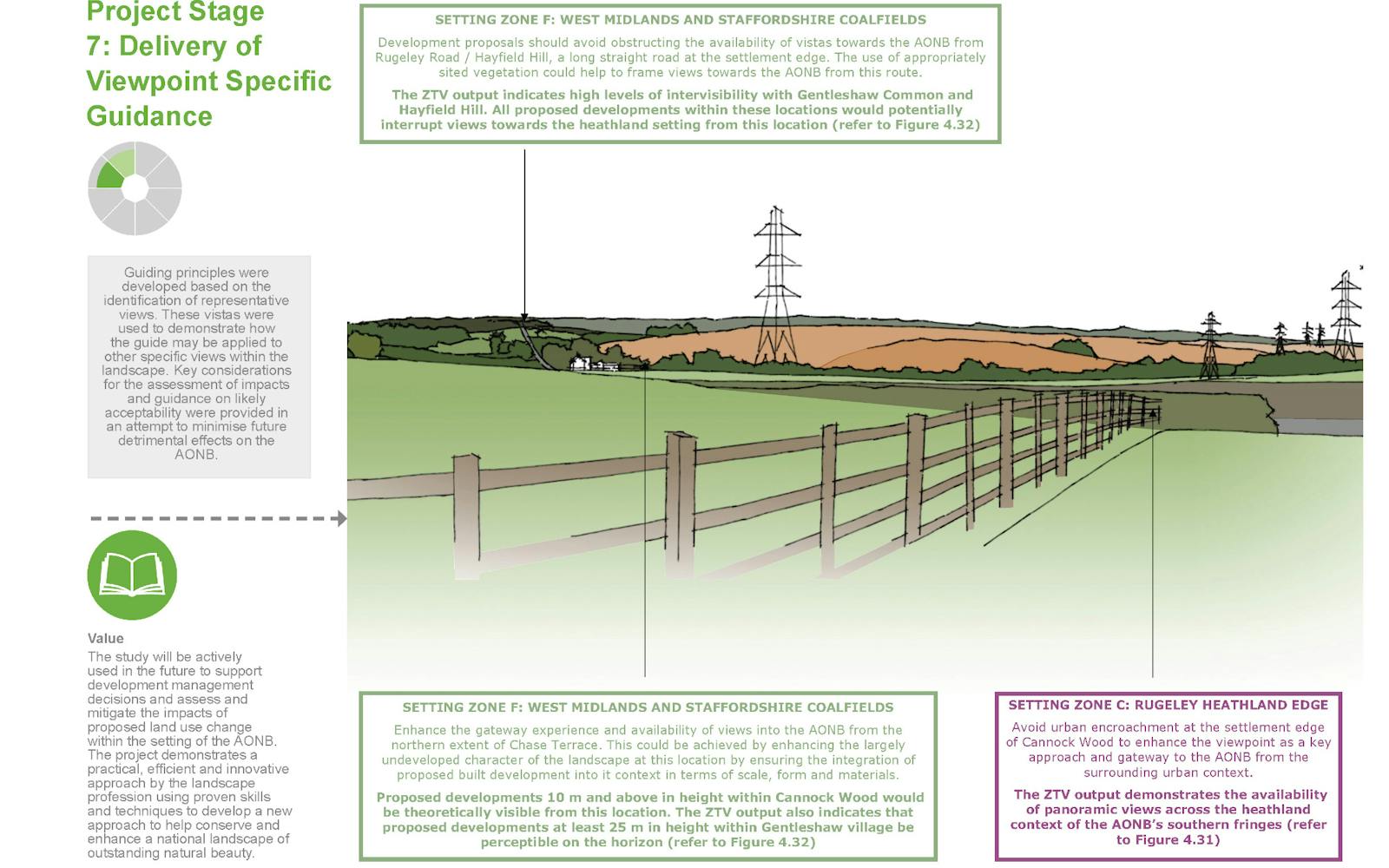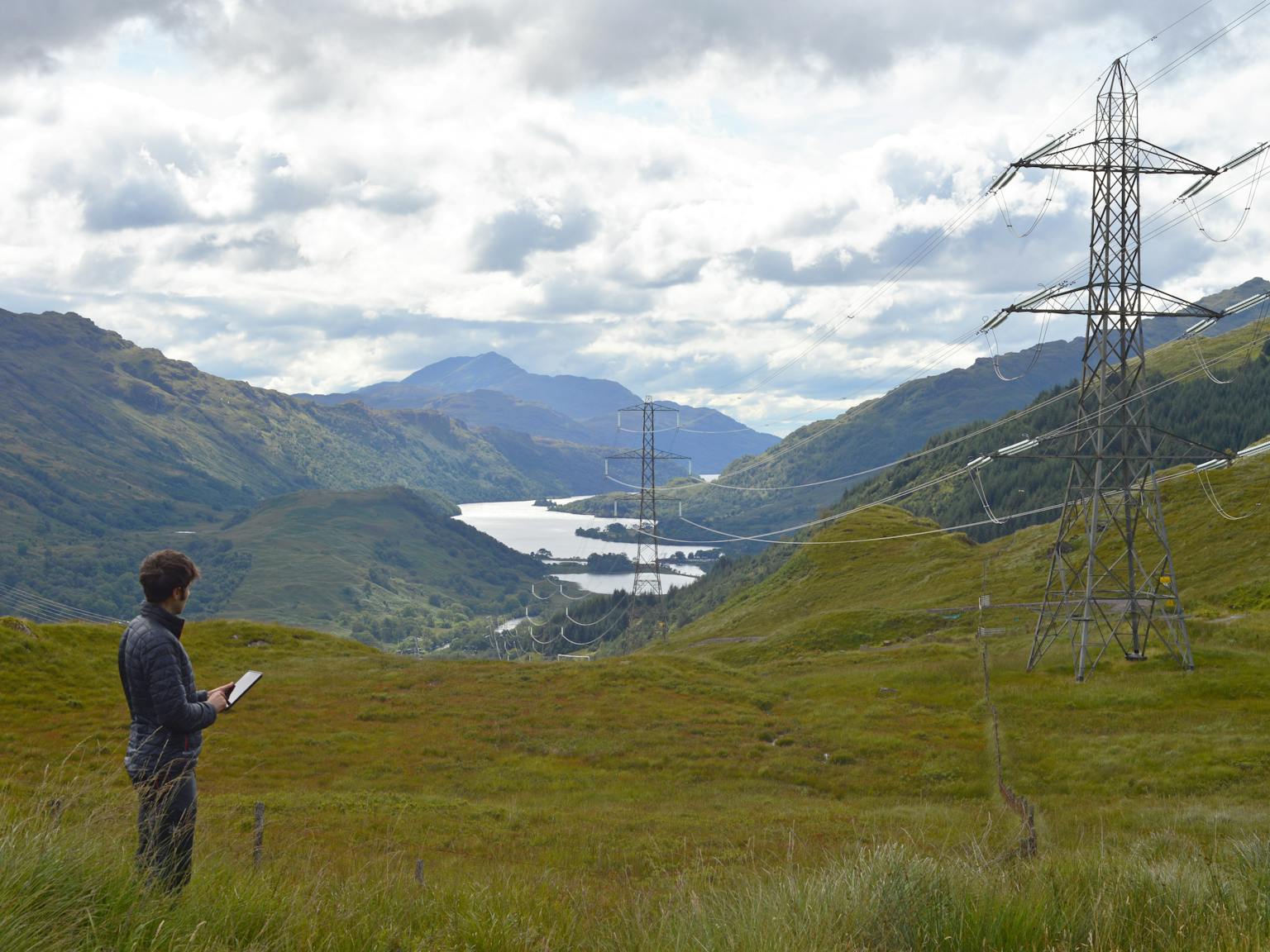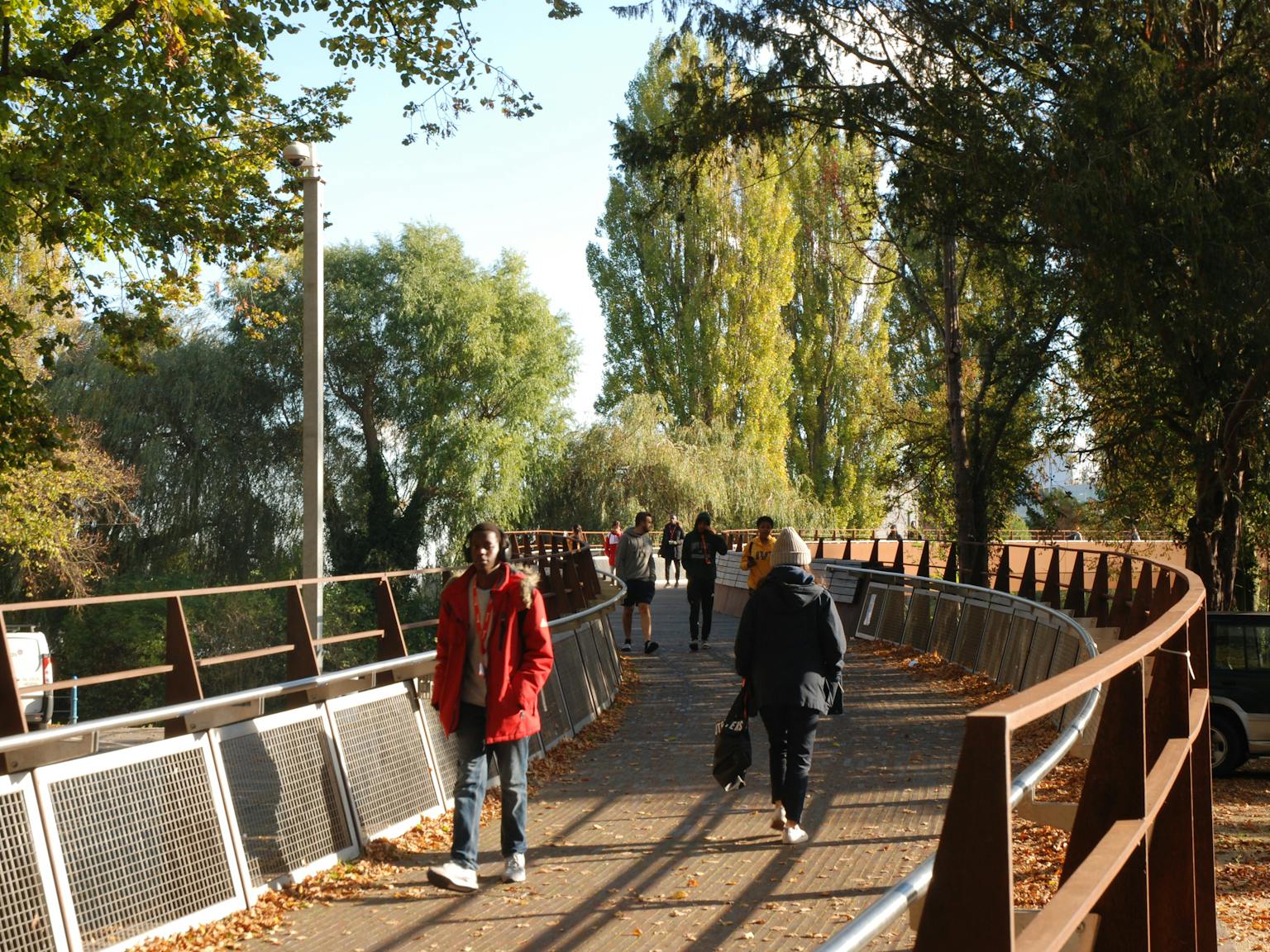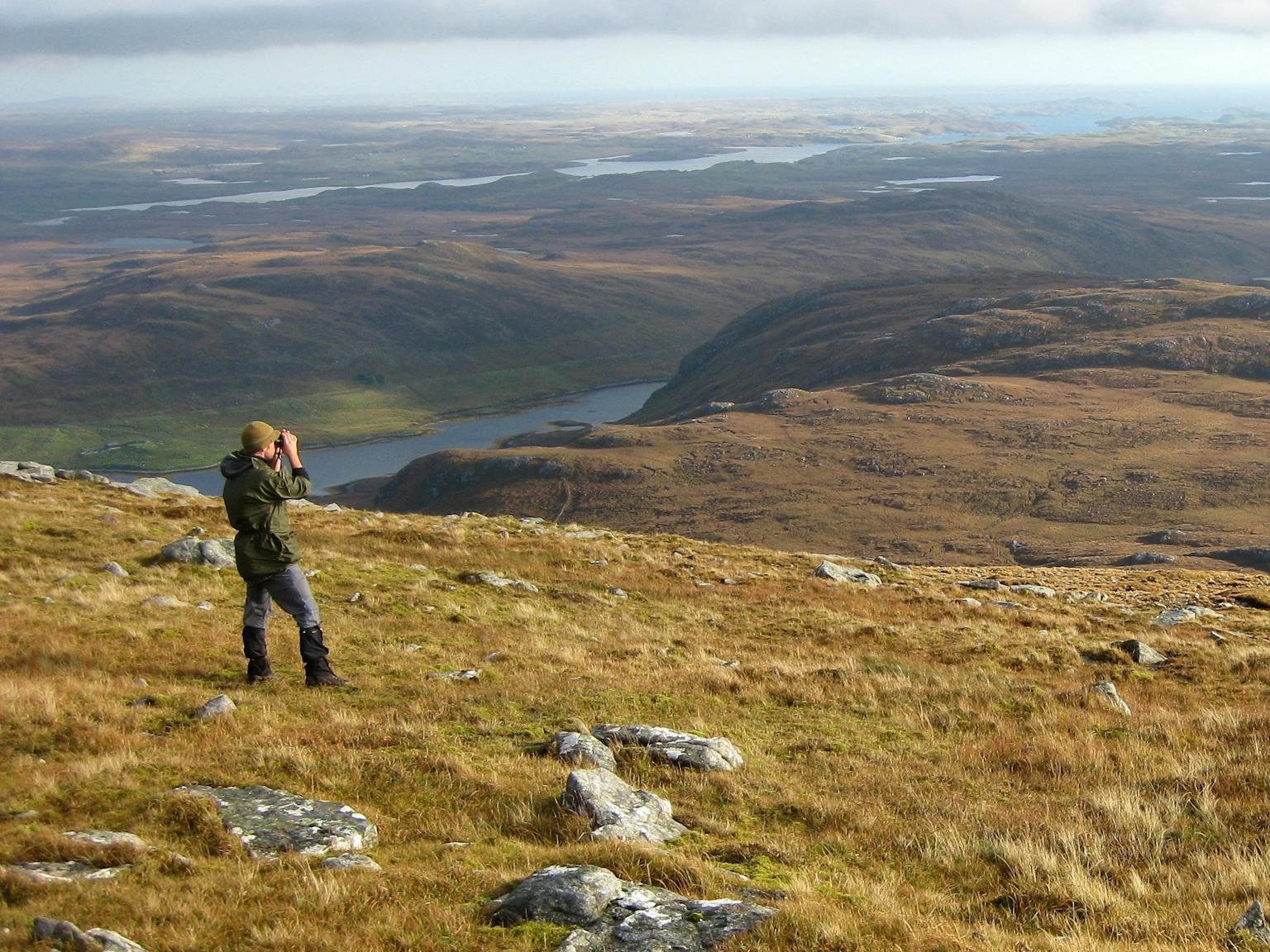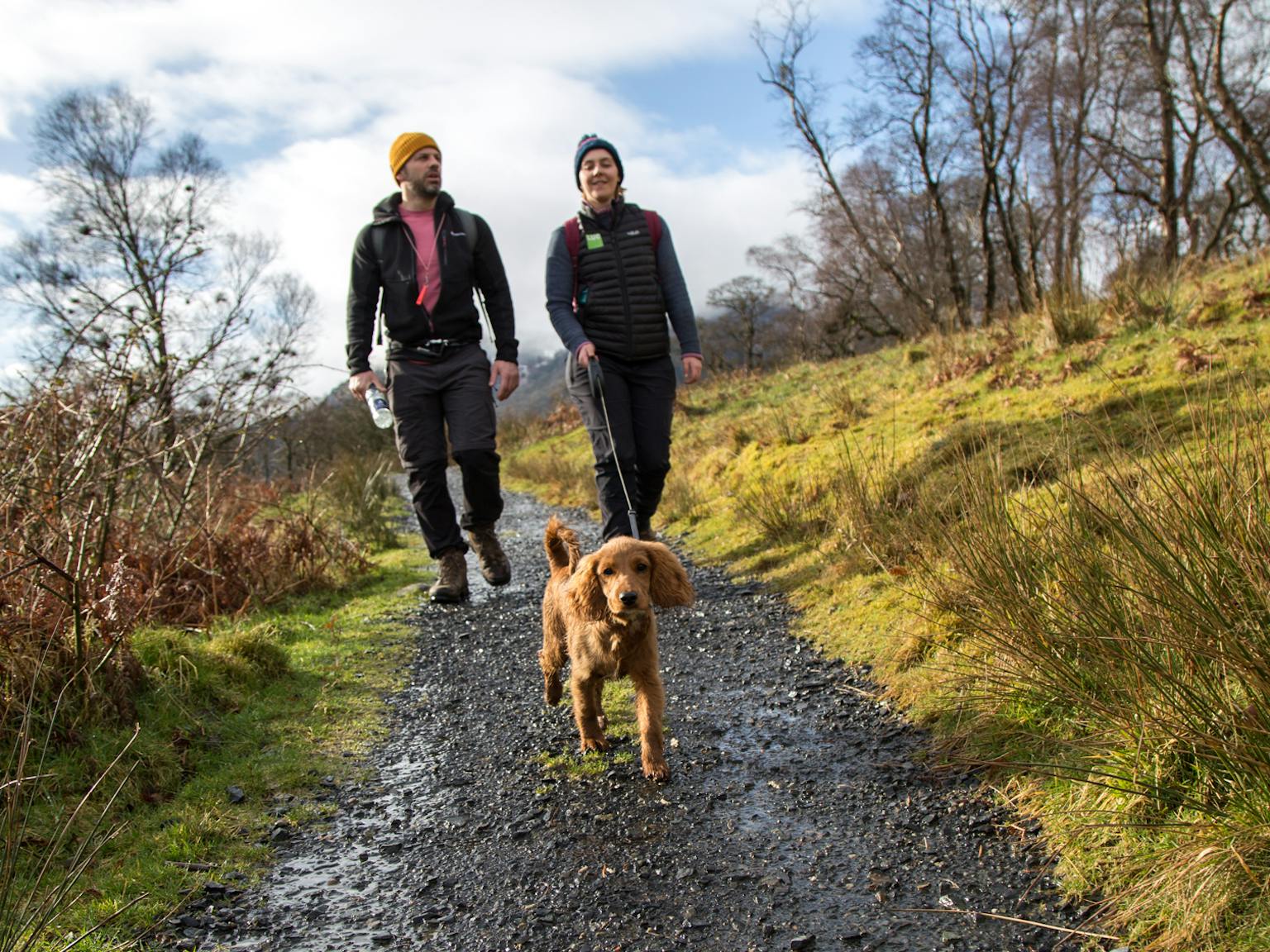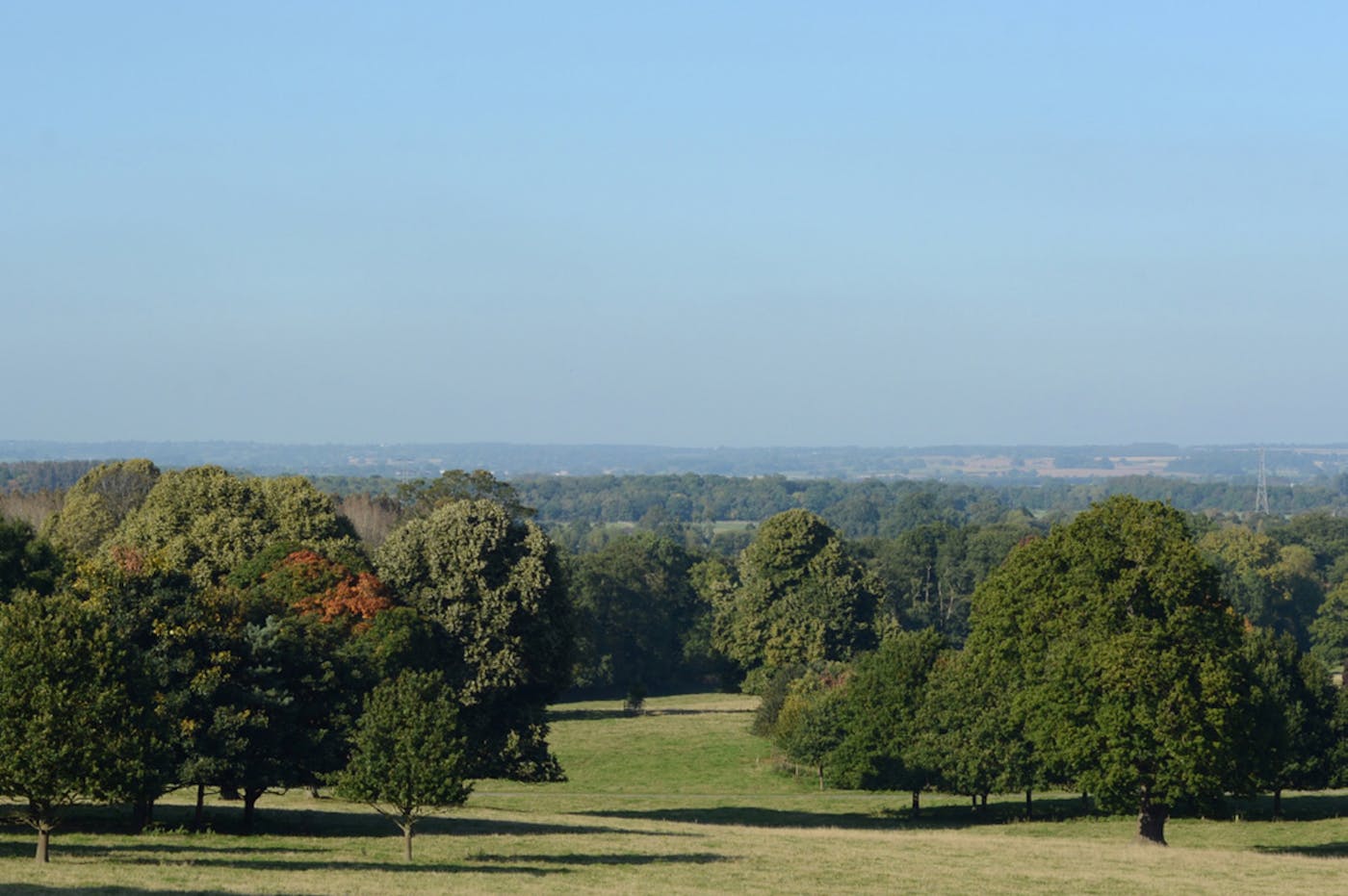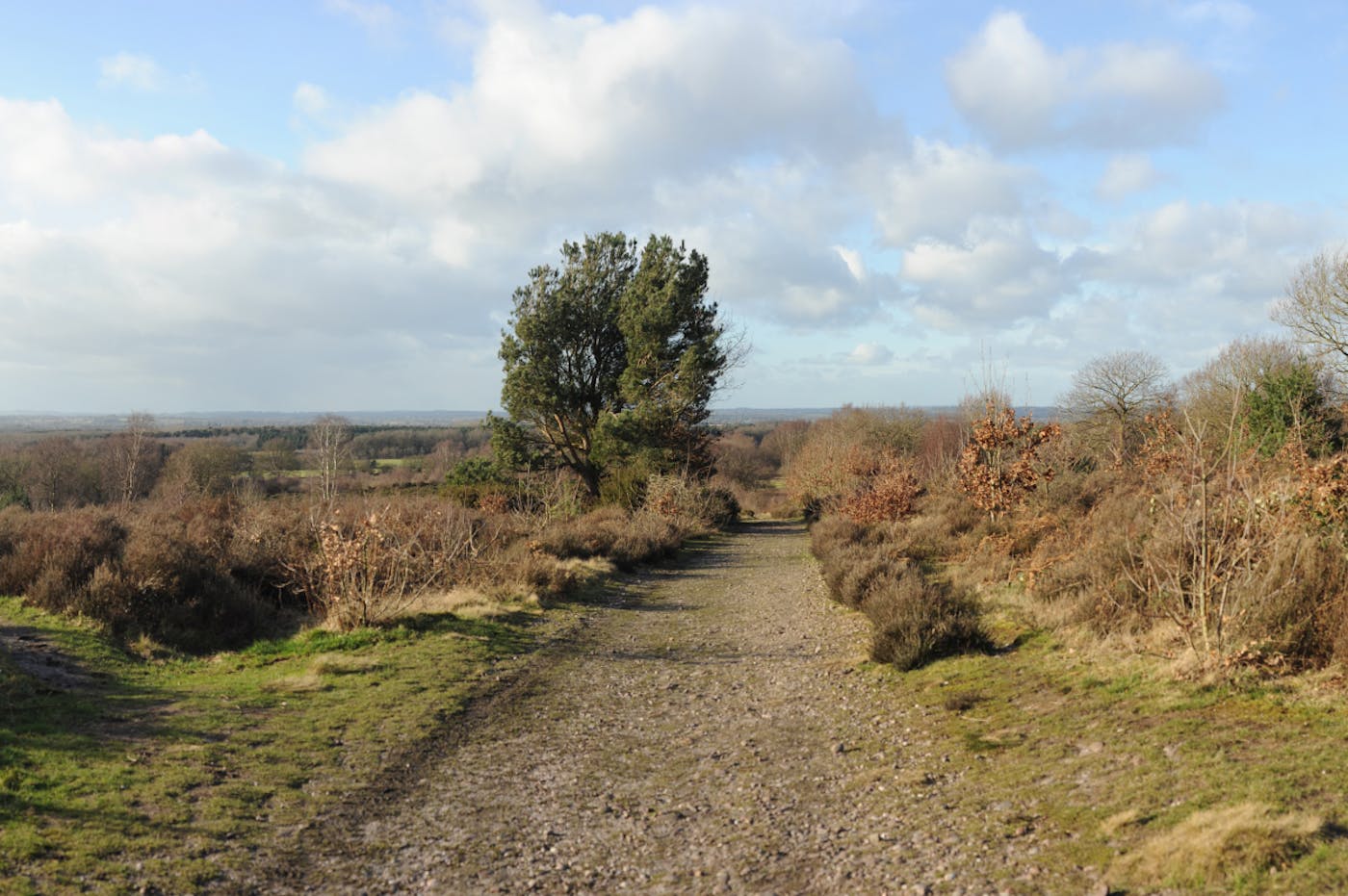
Landscape Setting – what does it mean in practice?
Under the heading of Conserving and Enhancing the Natural Environment, the NPPF requires great weight to be given to conserving and enhancing landscape and scenic beauty in National Parks, the Broads and Areas of Outstanding Natural Beauty and for the scale and extent of development within all these designated areas to be limited.
The revised NPPF published last week introduces a new clause that development within the setting of protected landscapes should be sensitively located and designed to avoid or minimise adverse impacts on the designated areas.
Of course, this is not new; there is already a ‘duty of regard’ for all relevant authorities to have regard to the purpose of conserving and enhancing natural beauty that also applies to activities outside the boundaries of designated landscape (National Parks – 1995 Environment Act, extended to AONBs in the Countryside and Rights of Way Act, 2000).
However, it raises the question of what do we mean by setting and how can it be defined? LUC has engaged with these issues for many years and here we put forward some of our recent thinking and approaches.
The NPPF is clear that it is not the setting itself that is being protected but the impact of any changes on the designated areas. The key issue is whether the proposed change beyond the boundaries compromises the statutory purposes of designation (i.e. the conservation and enhancement of natural beauty).
The setting has a defined meaning in planning terms and a particular meaning in relation to heritage assets. The “setting” of a heritage asset is formally described in the NPPF as ‘the surroundings in which a heritage asset is experienced. Its extent is not fixed and may change as the asset and its surroundings evolve. Elements of a setting may make a positive or negative contribution to the significance of an asset, may affect the ability to appreciate that significance, or maybe neutral’.
A landscape setting of a place is different to the setting of a specific heritage asset – although some elements of the above definition are helpful. LUC defines it as “the surroundings that add to the significance and experience of a defined place”. We have established the following principles to guide our thinking:
- Setting is not important in its own right – it is what contributes to the understanding of significance of the place or landscape. For protected landscapes, significance is equated with special qualities or elements of natural beauty forming the basis for designation;
- Setting does not have a fixed boundary and cannot be definitively and permanently described as a spatially bounded area around a landscape. The size, location, scale of change of the development will define whether a change in the setting has an effect on significance;
- Setting is more than just views; it includes the experience of the landscape. For example, water abstraction which affects the flows of characteristic chalk streams in a protected landscape could also affect special qualities. Equally just because something is visible from somewhere does not necessarily mean that special qualities are compromised;
- Effects of change in the setting do not depend on there being a public right or an ability to access or experience changes. For example, in relation to qualities such as tranquillity or remoteness.
We have provided a range of expert guidance in this area:
- Settings studies for a variety of landscapes: helping to define priorities for property managers by showing how the surroundings of a property may be vulnerable or resilient to different types of change;
- Casework advice including Expert Witness services to Natural England and the National Trust when a proposal affects the setting of an AONB, National Park or National Trust property;
- Quantifying how offshore development, including wind energy schemes, can affect perceptual qualities in relation to National Parks and AONBs;
- Strong Statements of Significance and associated ‘setting’ polices for landscapes;
- View management studies for protected landscapes.
Sensitive location and design is key to understanding how to avoid or minimise adverse impacts on protected landscapes. Here we use a whole range of other tools that can help developers, such as Landscape character assessment, Landscape sensitivity studies and Design guidance.
For guidance around landscape and setting, please speak to Kate Ahern.
